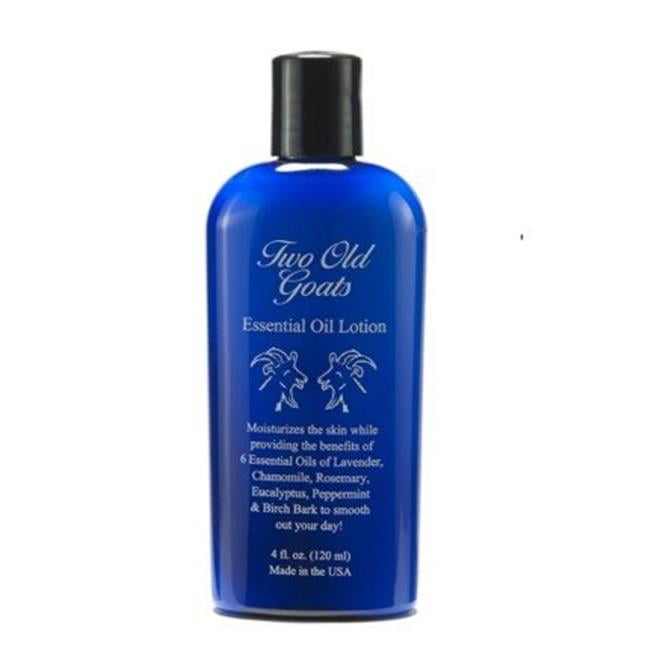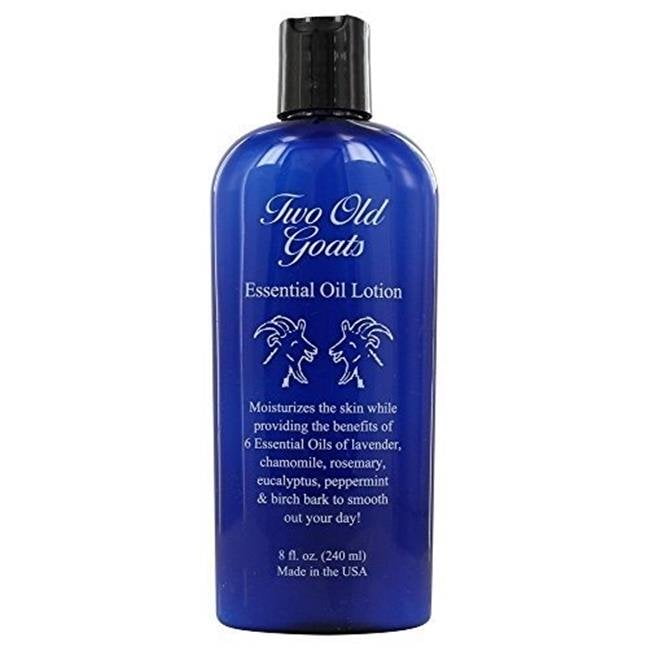

When encountered, chondral loose bodies are removed with an arthroscopic grasper or morselized and suctioned from the joint with a mechanical shaver. Glenohumeral Debridement, Chondroplasty, Microfracture, Loose Body Removal, and Synovectomy Standard preparation and draping to include the C-arm in the field are then performed.

#Treatment for arthritis in goats full#
Fluoroscopic images are obtained to ensure that the full extent of the inferior humeral osteophyte can be visualized with internal and external rotation of the arm. A fluoroscopic C-arm is then positioned to allow for fluoroscopic examination of the glenohumeral joint ( Fig 1). In our experience, the loss of abduction seems to correlate with the size of the inferior goat's beard osteophyte and removal of the osteophyte can improve range of motion. A deficit of more than 15° in any plane is consistent with capsular contracture.

Range-of-motion deficits due to capsular contracture are noted to assist with planning of subsequent capsulotomies. The surgeon performs examination of both shoulders with the patient under anesthesia, taking special note of the patient's preoperative range of motion. The patient receives anesthesia with a general anesthetic and is placed in a beach-chair positioner (Tenet T-Max Beach Chair and Spider arm positioner Smith & Nephew, Memphis, TN) because this position facilitates manipulation of the arm, as well as access to the inferior capsular regions, when compared with the lateral position. The purpose of this report is to provide a detailed description of the technical aspects of our method.Īn interscalene block is placed before surgery to help with analgesia immediately postoperatively and during the initial rehabilitation process. In addition, subacromial and/or subcoracoid decompression and biceps tenodesis are performed. The CAM technique includes arthroscopic glenohumeral debridement, chondroplasty, synovectomy, loose body removal, inferior humeral osteoplasty, axillary nerve neurolysis, and capsular releases when indicated ( Video 1). 3, 4, 5, 6, 7, 8, 9, 10 We have described a comprehensive arthroscopic management (CAM) technique that addresses the known pain generators in the shoulder. 1, 2 As a result, arthroscopic techniques have evolved in an attempt to postpone the need for joint replacement by improving pain and function. However, the outcomes of TSA have been reported to be less favorable in younger patients because of higher activity demands, heightened expectations, concerns for implant longevity, and the potential need for multiple revision operations over the course of the patients' lifetimes. Total shoulder arthroplasty (TSA) offers a predictable solution for many patients who have end-stage glenohumeral arthrosis. Furthermore, the technique is technically demanding and associated with several notable pitfalls that are preventable when using the meticulous surgical technique detailed in this article and accompanying video. A unique feature of the comprehensive arthroscopic management procedure is the indirect and direct decompression of the axillary nerve, which may explain the difference in outcomes with this technique compared with other approaches. The comprehensive arthroscopic management procedure, which includes a combination of arthroscopic glenohumeral debridement, chondroplasty, synovectomy, loose body removal, humeral osteoplasty with excision of the goat's beard osteophyte, capsular releases, subacromial and subcoracoid decompressions, axillary nerve decompression, and biceps tenodesis, has been shown to reduce pain, improve function, and provide a predictable short-term joint-preserving option for patients with advanced glenohumeral osteoarthritis. However, the outcomes of these procedures are less predictable and have limited durability. There are several alternatives to total joint arthroplasty for the treatment of these patients. Younger, high-demand patients who are less suitable for joint replacement procedures are often affected by advanced glenohumeral osteoarthritis.


 0 kommentar(er)
0 kommentar(er)
